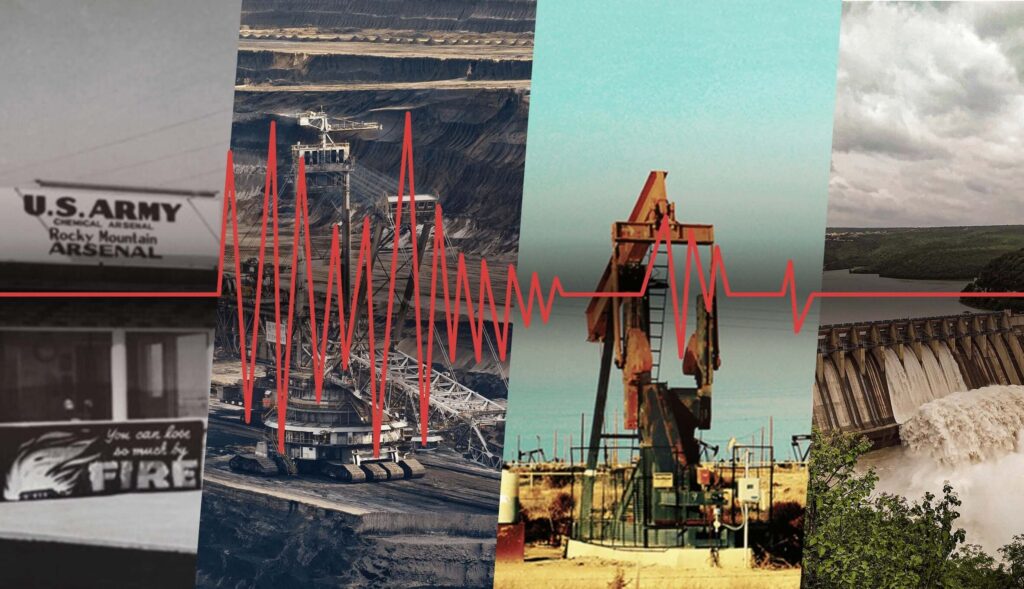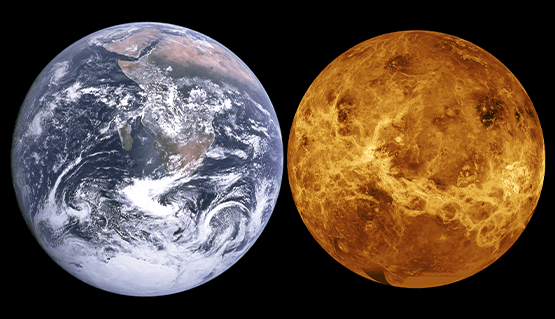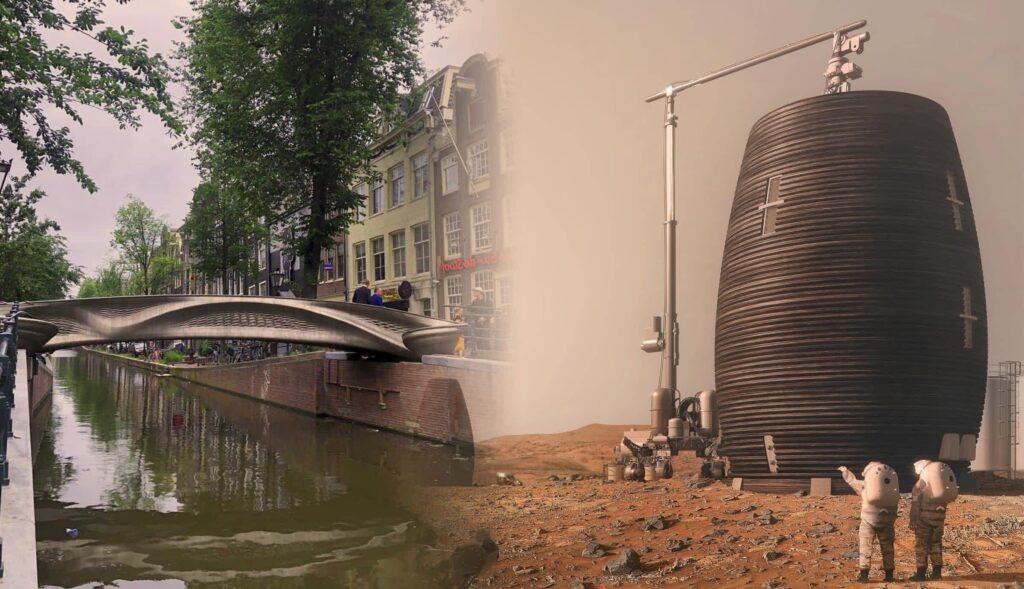Imagine you are sitting in your house peacefully. A stranger comes up to you and blows smoke right in front of your face. You have no option but to inhale it. Sounds awful, right? Unfortunately, this is already happening to us although we may not realize it. In fact if you live in India, you are probably inhaling smoke equivalent to one whole cigarette during just one day. And if you think that this is bad, then compare it to the average person in Delhi who breathes in pollution equivalent to smoking seven cigarettes in a day. The situation is equally bad in other countries like Bangladesh, China and Pakistan. Unfortunately, the fight against this pollution is also causing human induced earthquakes. But, how are pollution and earthquakes really related?
Global warming challenge
Add to this the grim reality of global warming. Temperatures around the world are on a rise due to an all-time high level of greenhouse gases in the atmosphere. Greenhouse gases are gases that absorb and then radiate (give out) the heat from the sun, thus increasing the temperature of the surroundings. The issue was recognized globally way back in 2015 and subsequently, more than 190 countries signed the Paris Climate Agreement at the 2015 United Nations Climate Change Conference. Through this treaty, the countries decided to work towards limiting the global temperature rise to 2°C by 2100.
Effects of global warming
However, the 2°C may not seem like a big number. So, let’s put it in perspective. A 2°C rise in Earth’s atmospheric temperature would result in all major coastal cities like Mumbai, Kolkata, New York, Shanghai, and Melbourne going underwater partially. The Arctic region may have its first completely ice-free summer by 2040. Not just that, the warming of the planet would destroy all of the world’s coral reefs, including the great barrier reef. And India is at particularly high risk from the impact of climate change. So, how would this already scary scenario become even more deadly with manmade earthquakes in the picture?
How can we fight global warming
To understand the connection, we need to first identify the major causes of global warming. Carbon dioxide is the most prominent greenhouse gas responsible for global warming that is causing the climate change. So, scientists and engineers worldwide are working on techniques to reduce the amount of carbon dioxide in the atmosphere. Amongst these, the International Energy Agency has identified the Carbon Capture and Storage (CCS) as the most promising technology to tackle the challenge of reducing greenhouse gases in the atmosphere.
Carbon Capture and Storage
As the name suggests, CCS technology involves capturing carbon dioxide (CO2) from polluting industries before they are released into the atmosphere. The captured CO2 is then injected through wells deep into the ground, where they are designed to be safely stored underground.
Currently, we are able to store about 40 million tonnes of CO2 per year globally. But to meet the climate goals decided in the Paris Climate Agreement, we will need to store nearly 30 billion tonnes per year by 2100. That is almost equal to the total amount of oil and gas that we produce each year!
Figure 1 The carbon capture and storage process (Global CCS Institute)
Disastrous Effects of CCS
However, there is always a cause and effect for every action. Storing such large amounts of CO2, or any kind of fluid, in underground rocks also comes with its own set of problems.
Back in December 2015, the locals of a small town called Basel in Switzerland, started feeling mild tremors from the ground. These mild tremors had soon escalated to rigorous shaking that alarmed the whole community. They had experienced a 3.4 magnitude earthquake that was enough to affect a large population. Usually, an earthquake of magnitude 4 or 5 on the Richter scale has the power to cause serious damage to life.
The people of Basel felt scared but also enraged. Their anger was born out of the fact that the earthquakes were not an “Act of God”. They were manmade earthquakes! There was a geothermal energy project that was being undertaken a few kilometres from the village. The project involved injecting large amount of water underground. And this injection had caused the earthquakes.
Back in 1967, the state of Maharashtra in India had also experienced a severe earthquake (6.3 magnitude) near the Koyna dam. It had killed more than 150 people and injured over 2000.
There have been many such unfortunate disasters over the last century all over the world. The common factor between all these earthquakes was that they were all avoidable. Because they were all caused by human activities.
How can humans cause Earthquakes?
Yes, we humans (unfortunately) have the power to create earthquakes! This is known as human-induced seismicity. So, how do humans cause them?
Whenever we inject fluids such as water or CO2 underground, it fills the empty microscopic (tiny) spaces in the rocks beneath us. These tiny spaces/ holes in a material are known as porosity. The fluid accumulating in the porous stones act as a lubricant. This makes it easier for the rocks to slide against each other. And an earthquake is nothing but huge rocks sliding against each other, releasing a tremendous amount of energy. In fact, the magnitude of an earthquake is a measure of this released energy.
Dangers from human-induced earthquakes
The earthquakes not only pose a grave danger to lives and property, they also increase the risk of captured CO2 escaping back to the surface.
So how do we solve one big problem without causing another?
Tackling human-induced earthquakes
Geomechanics, which is the study of the mechanical behaviour of rocks under stress, helps us to understand the problem. Rocks are like hard sponges through which fluids like CO2 can flow. Even though it may not look like it, these hard rocks can have nearly 20% of porosity (or empty space) in them. So, geo-scientists study the flow of CO2 and other fluids through the porous rocks to plan the CCS activities in a safer manner.
Faster computers and better coding capabilities today help the scientists to understand the effects faster and more accurately. But we still need enough safety measures to avoid CO2 leaking into potable groundwater or to the surface in populated places. Both these scenarios can be serious threat to life.
At this point you might be thinking: why can’t we just plant more trees and avoid the whole issue? I wish it were that simple.
Of course, afforestation (planting more trees) must be done to fight climate change. But, at this time, it is no longer enough. The levels of atmospheric CO2 are rising every day, and eventually, the plants and trees won’t be able to keep up. We need to look at all the options available to us to stop global warming and climate change.
Climate change and our planet’s future
CCS is one of the best technological weapons to tackle the climate change monster. But we still need to learn to wield it effectively and safely.
One thing is clear: climate change is one of the greatest threats to humanity today. We are beyond the point where we can reverse it completely. But we must continue our fight to impede it with the power of science and technology.














